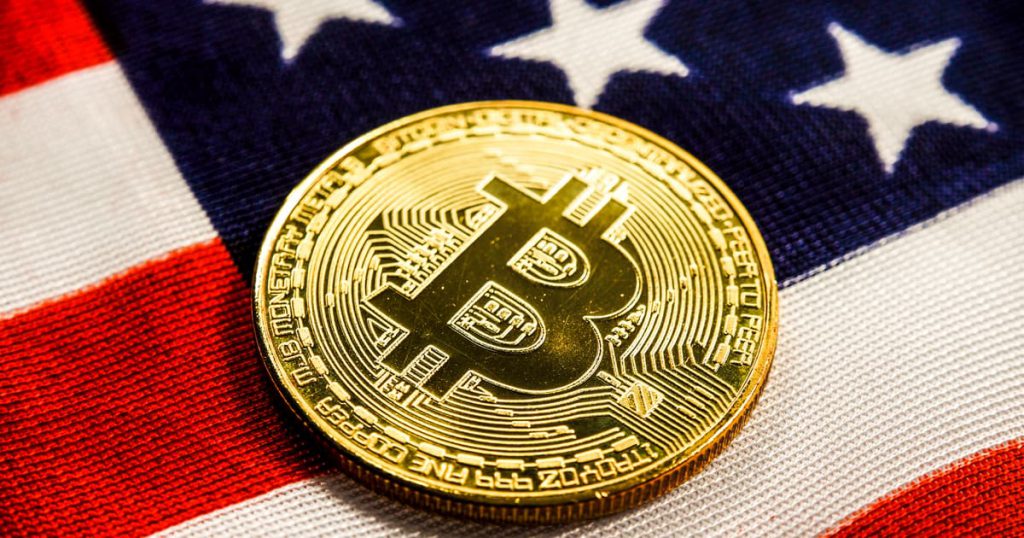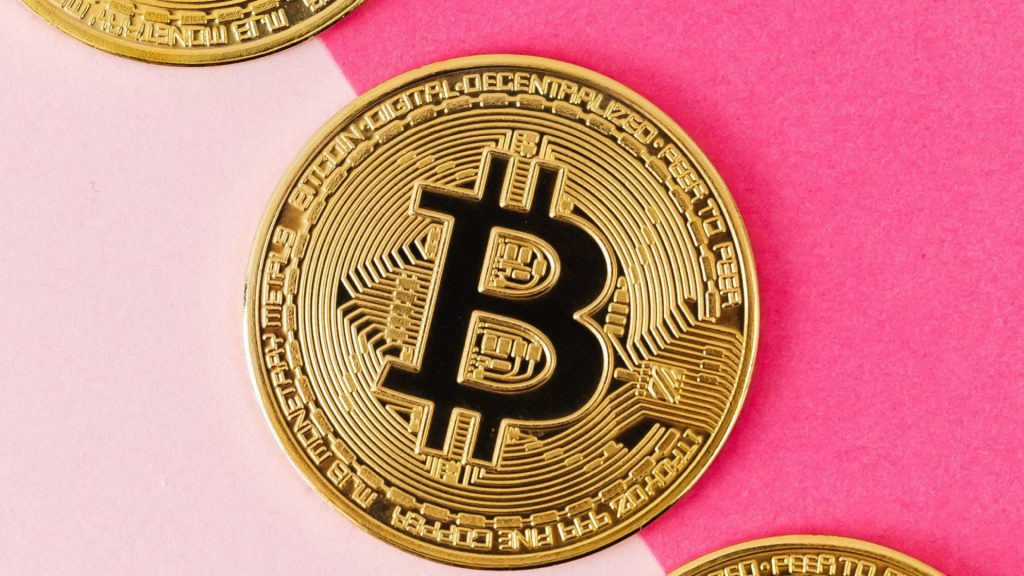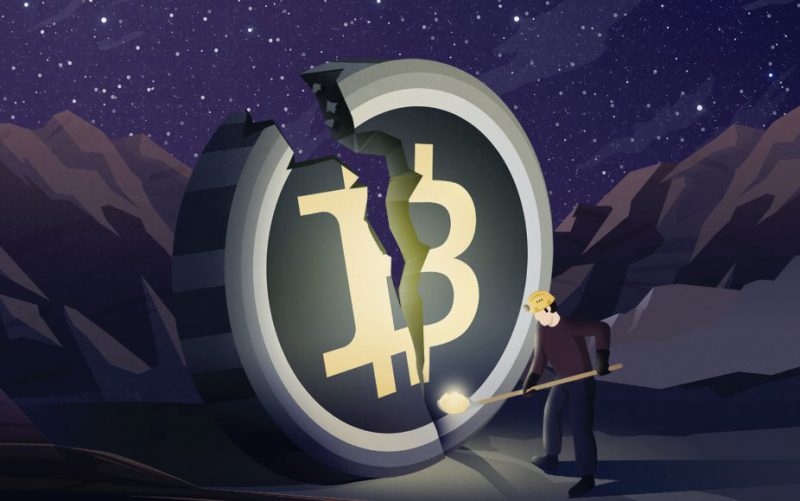When is the Next Bitcoin Halving? A Comprehensive Guide
The countdown to the next Bitcoin halving is on, and it’s attracting the attention of both seasoned crypto enthusiasts and newcomers to the blockchain scene.
In 2024, the scheduled event will halve the current mining reward of 6.25 bitcoins per block on the Bitcoin network for miners. You can track it in real-time using our live Bitcoin Halving countdown.
But what does this reduction mean for the Bitcoin ecosystem? And how has it impacted the cryptocurrency’s price movements in the past?
This comprehensive guide will explore these questions and more.
Also read: Amazon and Google Cloud Host 49% of Bitcoin Lightning Nodes

Understanding the Bitcoin Network
The Bitcoin network operates on a technology known as the blockchain, a decentralized ledger system that records all transactions made with the cryptocurrency.
A group of users known as ‘miners’ actively maintains this ledger, utilizing their computing power to validate and record transactions on the network.
Each miner operates a ‘node,’ a computer running the Bitcoin software and housing a record of all transactions ever processed on the Bitcoin network.
These nodes play a crucial role in maintaining the integrity and security of the blockchain, ensuring that all transactions abide by the set rules and regulations.
As of 2023, an estimated 17,195 nodes were operating on the Bitcoin network, each playing a part in ensuring the smooth and secure operation of the blockchain.
The Basics of Bitcoin Mining
Bitcoin mining actively brings new bitcoins into circulation and verifies transactions on the blockchain.
Miners use their computing power to solve complex mathematical problems, known as ‘proof of work.’
When a miner solves a problem, they actively add a ‘block’ of transactions to the blockchain and receive a preset number of bitcoins as a reward.
This reward, known as the ‘block reward,’ is vital in incentivizing miners to maintain the blockchain.
As of 2023, the block reward for miners is 6.25 bitcoins per block. However, this number is expected to decrease.Every 210,000 blocks, or approximately every four years, an event known as a ‘halving’ takes place, which halves the number of bitcoins rewarded to miners.
Defining Bitcoin Halving
A Bitcoin halving event is a significant happening within the Bitcoin ecosystem.
It is an inherent deflationary event that reduces the number of new bitcoins created and earned by miners. The halving event happens at intervals of 210,000 blocks, roughly every four years.
The next halving event, expected to occur around April or May 2024, will see the block reward fall from 6.25 to 3.125 bitcoins.
Bitcoin’s pseudonymous creator, Satoshi Nakamoto, coded the halving mechanism into the protocol to control inflation within the cryptocurrency’s ecosystem.
Also read: RFK Jr. Questions Bitcoin Environmental Concerns


Historical Overview of Previous Halvings
Bitcoin has undergone three halving events to date:
- The first halving occurred on November 28, 2012, reducing the block reward from 50 bitcoins to 25.
- On July 9, 2016, the second halving saw the reward drop from 25 to 12.5 bitcoins.
- The most recent halving occurred on May 11, 2020, slashing the reward from 12.5 to 6.25 bitcoins.
These halving events have been accompanied by significant attention and speculation within the Bitcoin community and beyond.
Each halving event notably triggers significant price movements, typically leading to substantial increases in the price of Bitcoin in the months that follow.
Predicting the Impact of the Next Bitcoin Halving
The upcoming Bitcoin halving event, expected to occur in 2024, has already begun generating much speculation and anticipation within the cryptocurrency community.
It’s important to note that while historical trends can provide some insight, they do not guarantee future outcomes.
The impact of the next halving event will depend on a wide range of factors, including the overall state of the global economy, advancements in Bitcoin mining technology, regulatory developments, and the prevailing sentiment among Bitcoin users and investors.
How Does Bitcoin Halving Influence Price Movements?
Historically, Bitcoin halving events have shown significant price movements. The reduced rate of new Bitcoin creation tends to create a supply shortage.
If demand remains steady or increases, this shortage can increase prices.
Following the halvings in 2012 and 2016, significant bull runs led to new all-time highs in the price of Bitcoin. However, as noted, past performance is not indicative of future results.
Many other factors, including broader market conditions, regulatory news, and technological advancements, also play a role in determining the price of Bitcoin.
Why Are Bitcoin Halvings Significant?


BTC halvings are significant for several reasons. Firstly, they reduce the rate of new Bitcoin creation, effectively limiting the cryptocurrency’s supply.
This key feature of Bitcoin’s design distinguishes it from traditional fiat currencies, which central banks can print in unlimited quantities.
Secondly, by reducing the miners’ rewards, halvings increase the cost of mining new BTC. This can lead to consolidation within the mining industry, as only those with the most efficient operations can remain profitable.
Finally, halvings generate much attention and speculation within the BTC community and the broader financial industry.
This can lead to increased trading activity and price volatility in the period leading up to and following the halving.
The Future of Bitcoin Mining Post-Halving
Despite the reduced rewards, BTC miners will unlikely shut down their operations en masse following the halving.
While the profitability of mining will decrease, the expectation of future price increases, combined with the transaction fees that miners earn, is likely to keep many miners in operation.
The block reward currently consists of both the new bitcoins created and the transaction fees from all transactions included in the block.
As halvings reduce the number of new bitcoins, transaction fees will become an increasingly important incentive for miners.
When Will All 21 Million Bitcoins be Mined?
The total supply of Bitcoin is capped at 21 million coins. By 2140, the last Bitcoin will likely be mined. Remarkably, over 98% of all Bitcoins will have been mined by 2030.
Miners will no longer receive block rewards once all 21 million bitcoins have been mined. However, they will continue to earn transaction fees as an incentive to keep the network secure and operational.
Bitcoin Halving: Necessary or Not?
The halving mechanism is a fundamental aspect of Bitcoin’s design.
Halving events control inflation and preserve Bitcoin’s scarcity by limiting the rate of new coin creation.
While the halving process can lead to short-term price volatility and uncertainty within the mining industry, it is a key factor in Bitcoin’s long-term economic model.
It ensures that the total supply of coins will not exceed 21 million and that the issuance of new coins will decrease over time, potentially increasing the value of each Bitcoin.
In Conclusion
Bitcoin halving events are a crucial part of the Bitcoin ecosystem.
By understanding the when, why, and how of these events, you can better appreciate the innovative design of Bitcoin and the potential impact of halving its price.
The road to the next Bitcoin halving in 2024 will be a fascinating journey to observe.
As always, it’s important to research and consider various factors before making any investment decisions.
Understanding the halving mechanism and its potential impacts can help you make more informed decisions about your Bitcoin investments.
Consider this article for informational purposes only; it should not be regarded as investment advice.
Past performance does not indicate future results; every investment comes with risk. Always consult a financial advisor before making any investment decisions.





